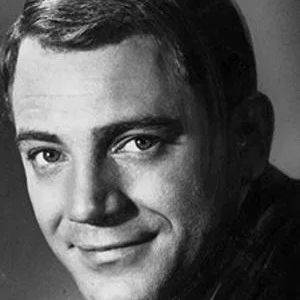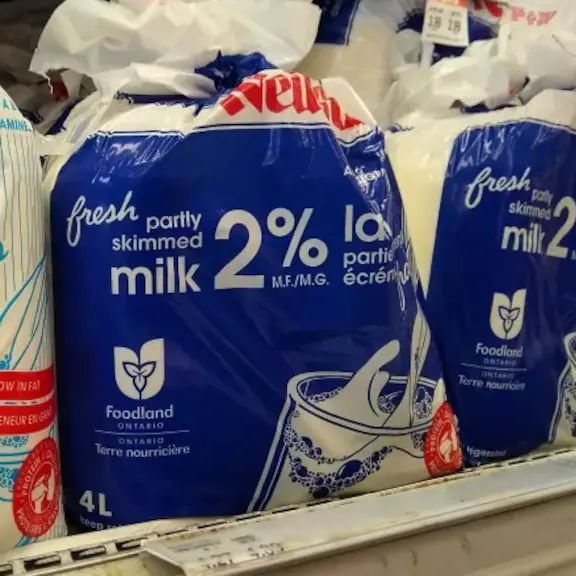It is #IndigenousHistoryMonth and this is the story of Kenojuak Ashevak, one of Canada's greatest artists!
Kenojuak Ashevak was born on Oct. 3, 1927 in an Inuit camp on the southern coast of Baffin Island. Her father was a fur trader and she was named for her grandfather.
🧵1/6
Kenojuak Ashevak was born on Oct. 3, 1927 in an Inuit camp on the southern coast of Baffin Island. Her father was a fur trader and she was named for her grandfather.
🧵1/6

Kenojuak said her father could predict the weather & good hunting seasons and make swim at the surface of the water. Sadly, he died in 1933.
When she was 19, Kenojuak married Johnniebo Ashevak.
He became a major supporter of her artistry throughout their marriage.
🧵2/6
When she was 19, Kenojuak married Johnniebo Ashevak.
He became a major supporter of her artistry throughout their marriage.
🧵2/6

In 1950, after testing positive for TB, Kenojuak was forcibly transferred to Quebec City, where she remained for three years.
At the hospital, she began to occupy her time & deal with her loneliness through art.
In 1958, she published her 1st print, Rabbit Eating Seaweed
🧵3/6
At the hospital, she began to occupy her time & deal with her loneliness through art.
In 1958, she published her 1st print, Rabbit Eating Seaweed
🧵3/6

She continued to make art and by 1963, was the subject of an NFB documentary. Throughout the 1960s, admiration for her artistry increased throughout Canada.
In 1966, she moved to Cape Dorset, a place that became a hot bed of Inuit artistry thanks to her.
🧵4/6
In 1966, she moved to Cape Dorset, a place that became a hot bed of Inuit artistry thanks to her.
🧵4/6

Kenojuak's art has appeared throughout Canada, including Canada's National Gallery, the Art Gallery of Ontario and the Burnaby Art Gallery.
She also created several works to commemorate the creation of Nunavut.
Her first work, Rabbit Eating Seaweed, would sell for $59,000.
🧵5/6
She also created several works to commemorate the creation of Nunavut.
Her first work, Rabbit Eating Seaweed, would sell for $59,000.
🧵5/6

Kenojuak became the 1st Inuit artist inducted into Canada's Walk of Fame in 2001.
She passed away on Jan. 8, 2013.
In 2014, a Google Doodle was released to honour her birthday.
In 2017, her print Owl's Bouquet appeared on the $10 banknote.
She passed away on Jan. 8, 2013.
In 2014, a Google Doodle was released to honour her birthday.
In 2017, her print Owl's Bouquet appeared on the $10 banknote.
• • •
Missing some Tweet in this thread? You can try to
force a refresh





















